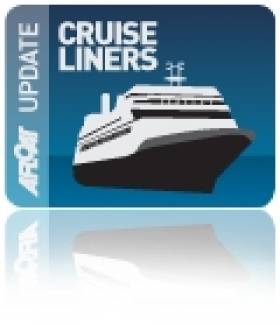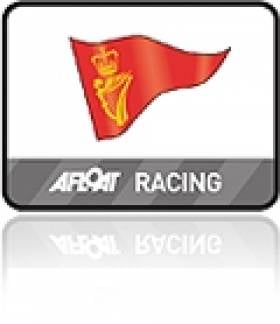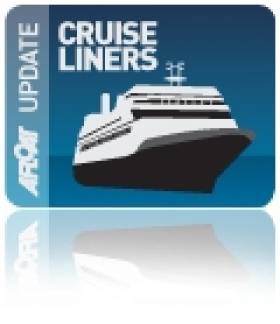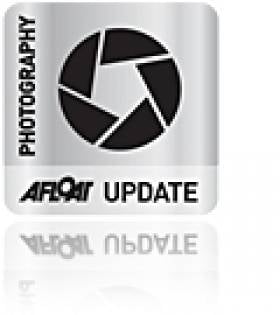Displaying items by tag: Bob Bateman
Independence of the Seas Departs Cobh
MV Independence of the Seas, is the largest cruise liner to visit an Irish port this year and Bob Bateman's photos show exactly the scale of the huge liner departing Cobh this evening.
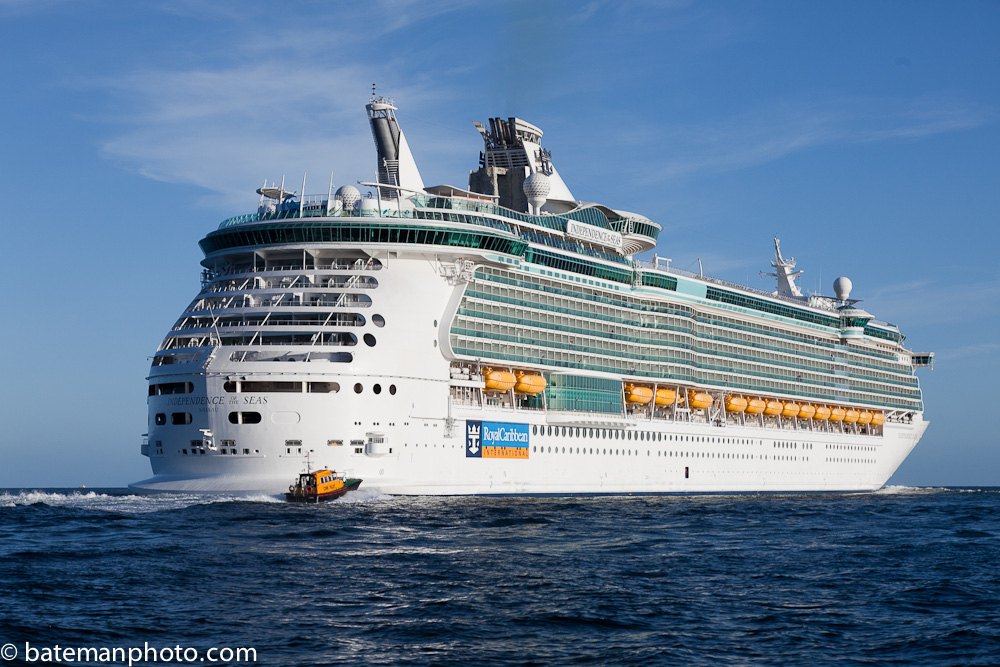

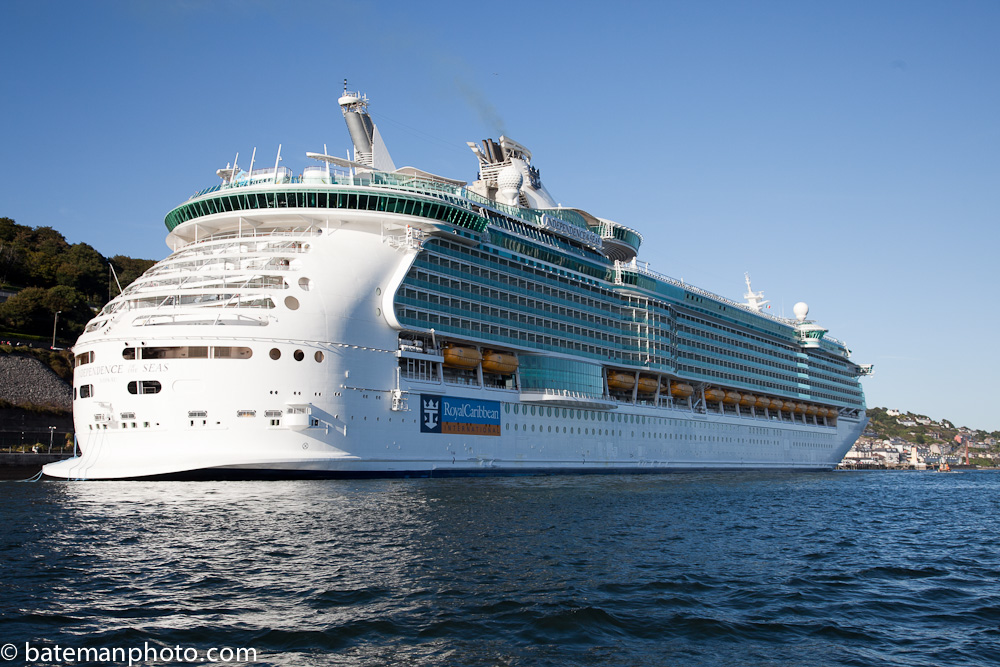
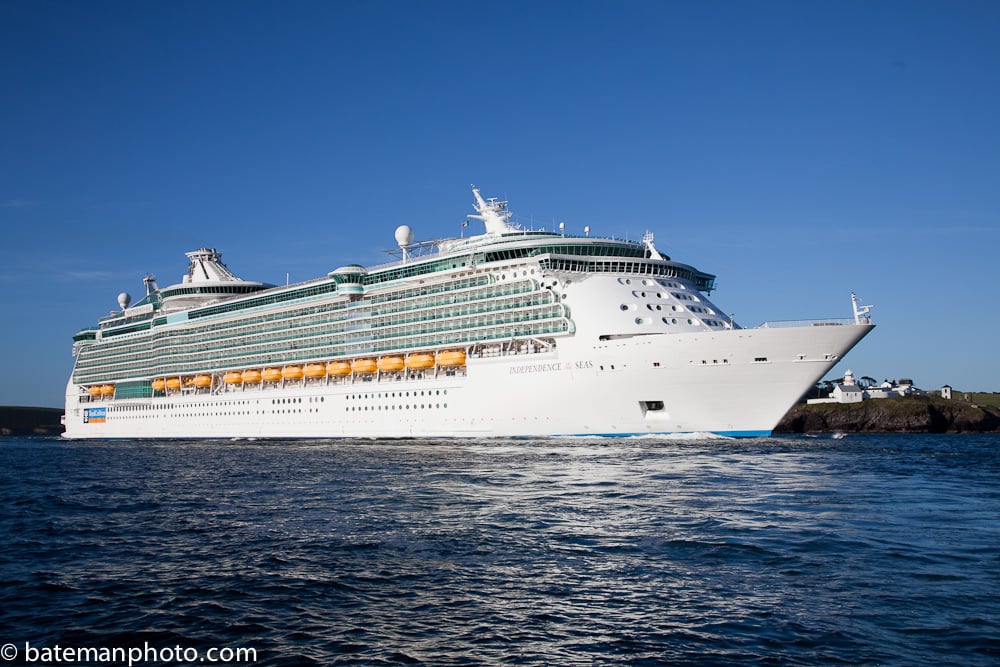
HM Yachts League Photo Gallery Now Online!
Bob Bateman's photos from the HM Yachts sponsored Royal Cork Cruiser League is now online HERE.

'The World' Lights Up Cobh - Photos here!
Though 'The World' Liner docked first in Dublin this month, it was not until she pulled in to the deepwater quay at Cobh in Cork Harbour did we see photographs as pretty as those captured last night by marine photographer Bob Bateman. As he prepared for the 10.30pm photo shoot the new Cork Swansea ferry 'Julia' sailed by to add to the vibrant Cork Harbour maritime scene. Bob's photos below:
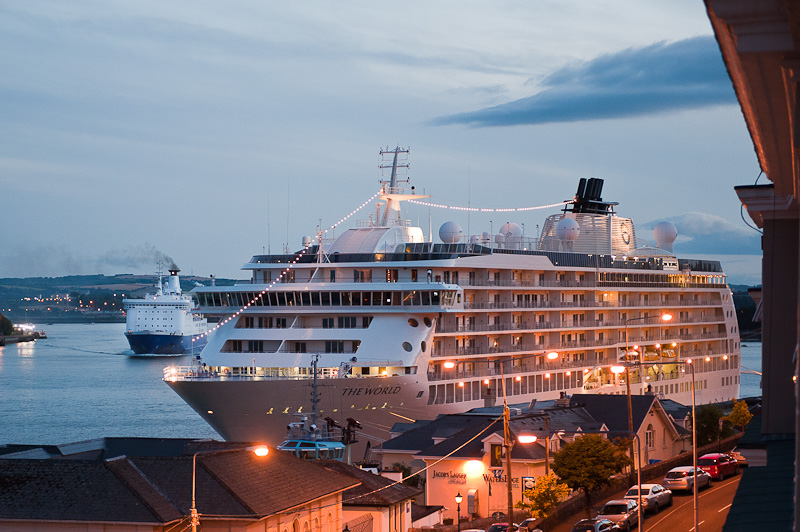
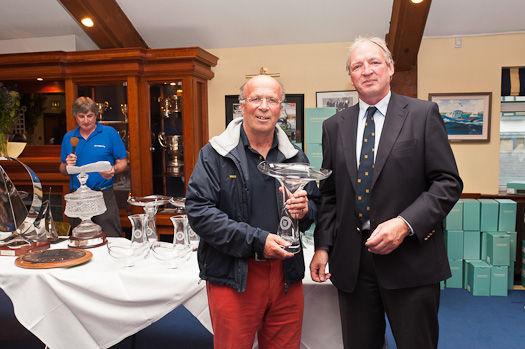
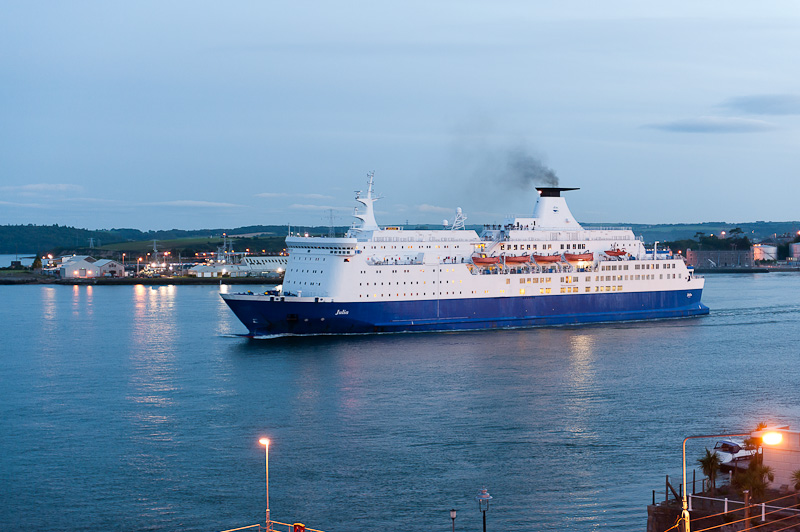

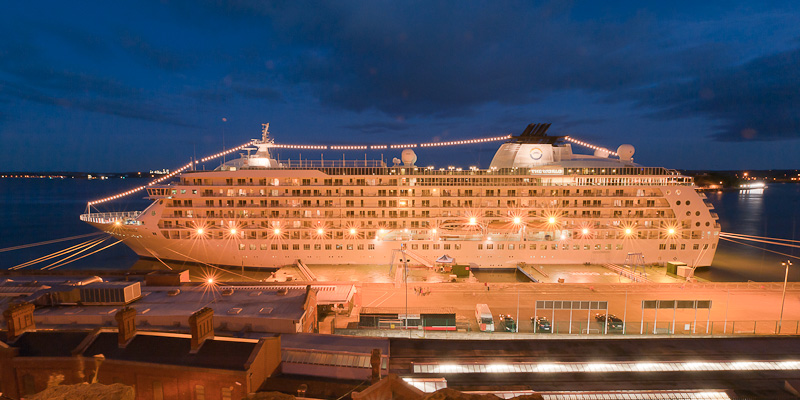
Kinsale Weekend Photo Action Here!
Action photos from this weekend's Kinsale Cruiser League by Bob Bateman are online now. Racing is on varied courses outside Kinsale Harbour. The event is an opportunity for training purposes for any boats looking to compete in the Commodores Cup later this year and May's ICRA Nationals in Dun Laoghaire.
Click here


























